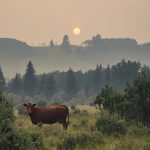Smoke and its effects can vary greatly depending on the state of the atmosphere, amount of smoke and where in the atmosphere it is located. The first major and obvious impact is the effect of smoke on temperatures. Smoke particles both scatter and absorb sunlight, which leads to lower surface temperatures. Daytime temperatures often don’t […] Read more
Tag Archives Daniel Bezte — page 8
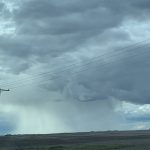
Why our weather has been cool and wet recently
As we work toward the start of summer, an ugly weather term has popped up — upper-level low. The coolish unsettled weather is the result of a large, elongated upper low sitting over much of the Prairies. I cringe whenever I hear mention of an upper-level low or a cut-off low. Unless you are in […] Read more
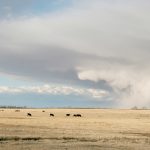
Time to start watching severe summer weather
What are the ingredients for severe thunderstorms? First, you need rising air. To get that, you need heat. Or more accurately, you need a large difference in temperature between two areas. There are a couple of ways you can achieve this. One that most people are familiar with is to have a very hot day, […] Read more
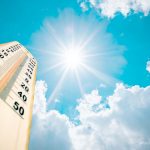
Prairies wait for weather to start warming up
Spring is flying by, and the big question now is, when will we start seeing summer-like temperatures? Will we see a dramatic switch like we saw last year, when around May 10, daytime highs soared into the upper 20s across the Prairies and stayed that warm or warmer right through to the end of June? […] Read more
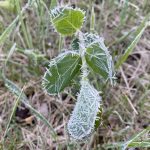
Science helps understand early, late frost risk
Besides drought, frost probably has the greatest impact on agriculture. Using a climatic definition, frost occurs when the temperature of the land surface drops below 0 C, but with respect to agriculture, frost is substantially more difficult to define. Looking at cereal crops, for example, a temperature of 0 C will not result in crop […] Read more
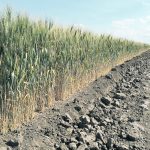
Prairies have made a slow slide into drought
We had a fairly major storm system on the Prairies last week, but it was not strong enough to warrant major attention. Manitoba received the most moisture from this system, with widespread 20 to 30 millimetres of rain mixed with snow. The northern half of agricultural Saskatchewan, along with the far eastern regions, also saw […] Read more
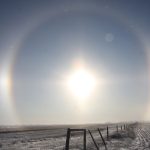
How did this winter’s weather stack up?
When you hear statistics about winter, the data usually describes meteorological winter — December to the end of February. In some parts of North America this makes sense, but in our part of the world, not so much. I often discuss our winter in terms of the extended winter, the months when we actually see winter conditions across the Prairies. That span […] Read more
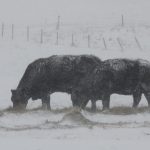
March and February swapped temperatures
March across the Prairies was almost, but not quite, a weather reversal of February. Last year, June had average temperatures equivalent to July’s, and July had average temperatures more like June. We didn’t quite see that in March, but in some locations, March was a little colder than February. The strange weather continues. March was colder […] Read more
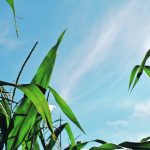
Why is the sky blue? It’s all about solar radiation
A young reader asked recently why the sky is blue? And as part of that, why is it not blue early in the morning or evening? To begin, we need to look at what happens to the incoming shortwave solar energy as it comes into contact with Earth and then goes through the different layers […] Read more
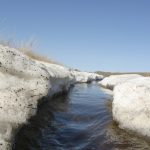
Albedo has big effect on spring warming
Two factors determine spring warming: the natural cooling effect of snow cover and the bright snow reflecting sunlight back into space, also known as albedo. A good portion of the sun’s energy that reaches Earth is simply reflected away, never getting the chance to do any work. On average, over a whole year, the Earth […] Read more



